Ginkgo Bonsai Tips
Last Update :2024.10.27
Article Catalog
Ginkgo bonsai planting time and soil
Water and fertilizer management for ginkgo bonsai
Ginkgo bonsai should be repotted in time
Although the ginkgo tree is tall and beautiful, it is also very ornamental when made into a bonsai. So, let’s take a look at some tips on making bonsai with ginkgo.
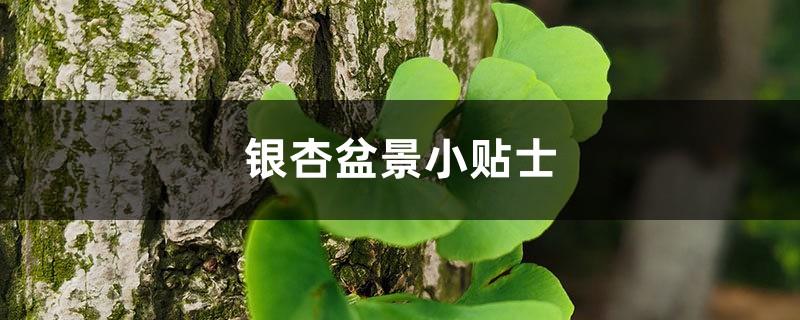
Ginkgo bonsai planting time and soil
Ginkgo bonsai planting time and soil
When making ginkgo bonsai, you need to choose the appropriate time. It is generally better to plant in spring and autumn. When making Ginkgo bonsai, you need to choose a deeper flower pot, because Ginkgo itself is a plant with deep roots. When planting, the soil is generally loose and fertile, rich in humus, and requires good drainage.
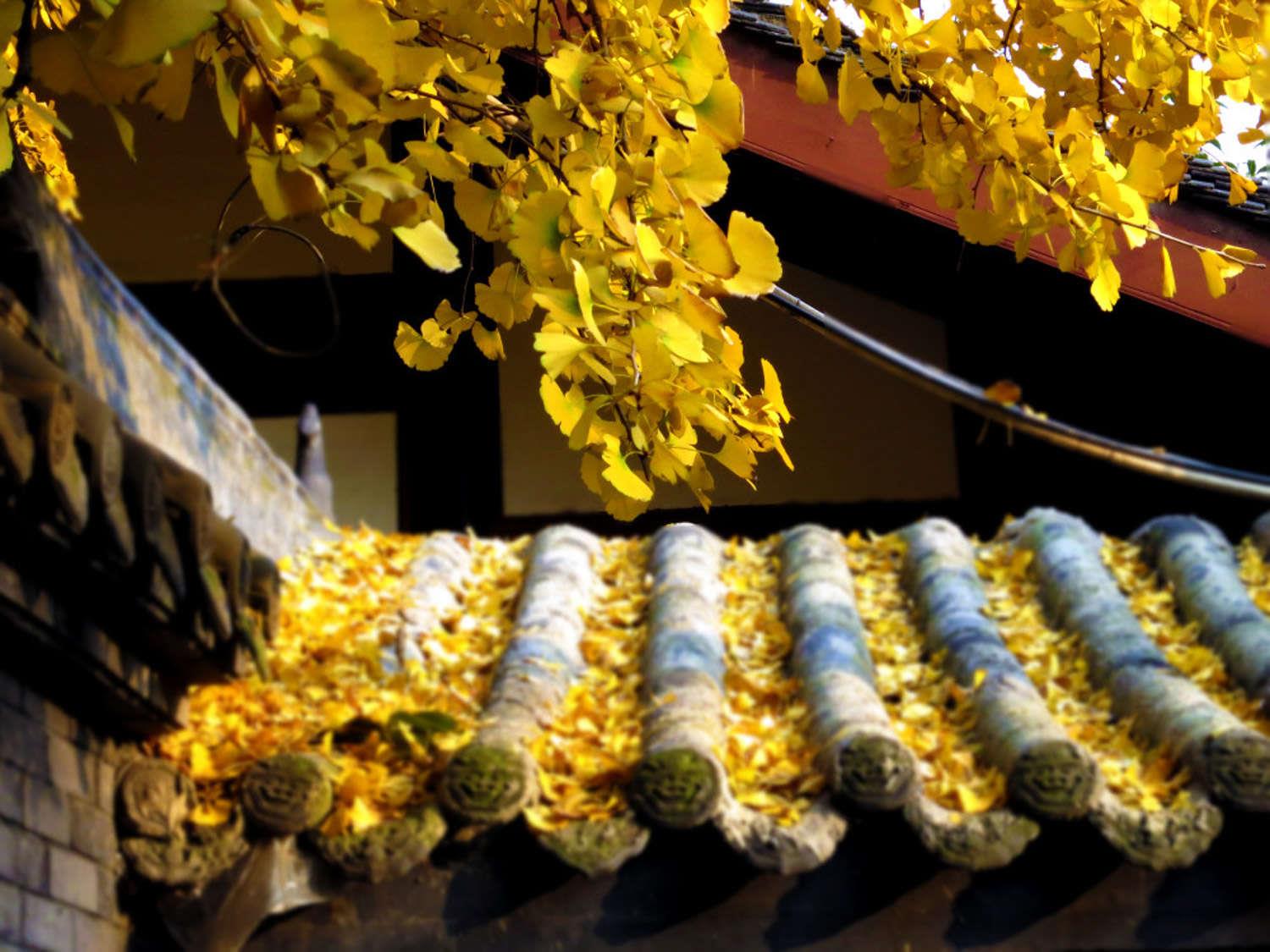
Placement of Ginkgo Bonsai
When placing a ginkgo bonsai, because ginkgo is a light-loving plant, it needs to be placed in a place with sufficient light, and it is best to place it in a place with relatively good air circulation and a relatively humid environment. However, you must pay attention to proper shading in summer. You can overwinter outdoors in winter, but you must pay attention to heat preservation.
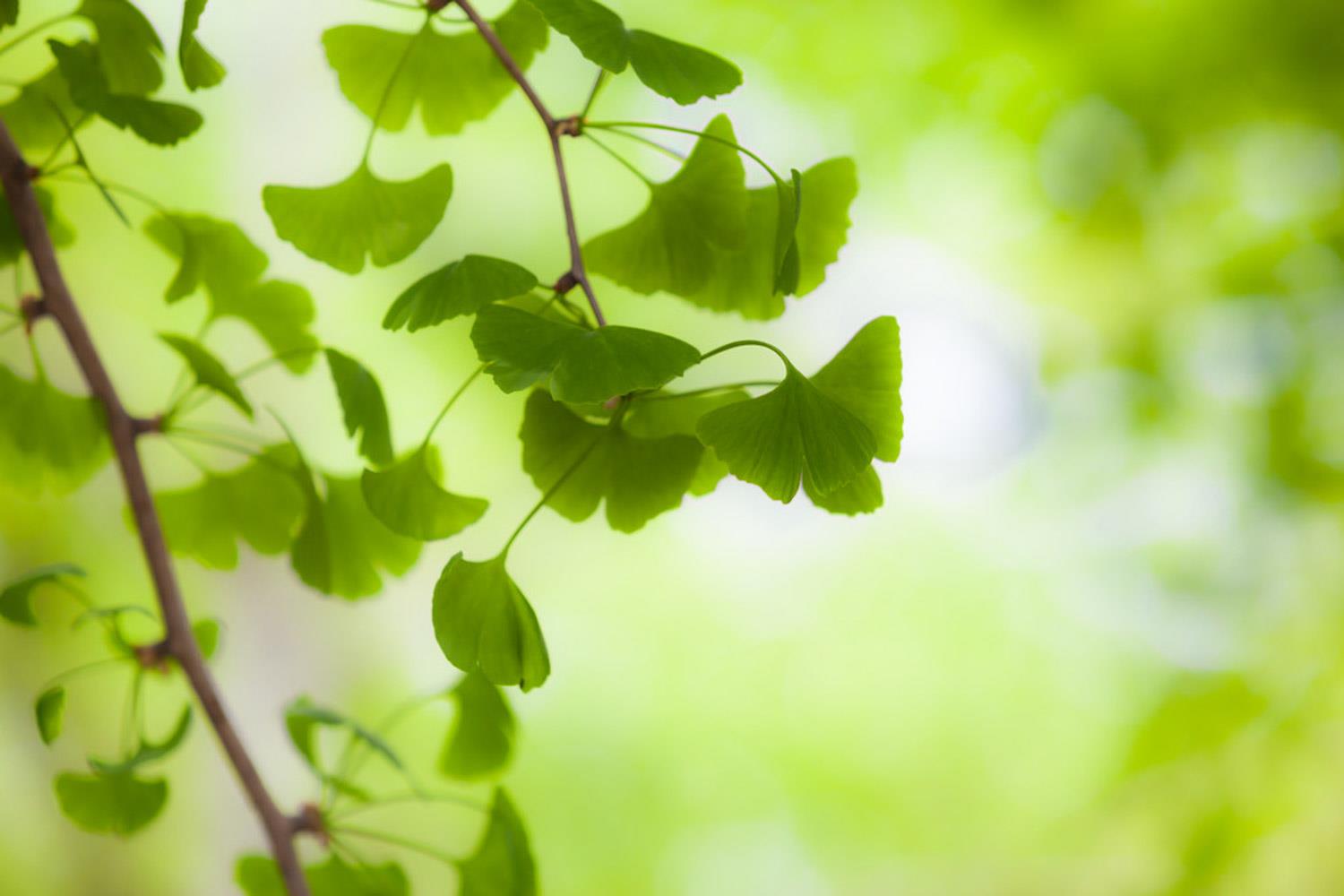
Water and fertilizer management of Ginkgo bonsai
When cultivating ginkgo bonsai, you need to keep the pot soil moist and not too dry, but there should be no accumulation of water. In the summer, because the temperature is high and evaporation is relatively strong, more watering is needed, once a day in the morning and evening. When entering autumn, watering should be reduced. When fertilizing, it is mainly to apply base fertilizer in winter. During the vigorous growth period in spring and summer, top dressing should be carried out in time, usually with thin fertilizer and water, which can promote the growth of branches and leaves.
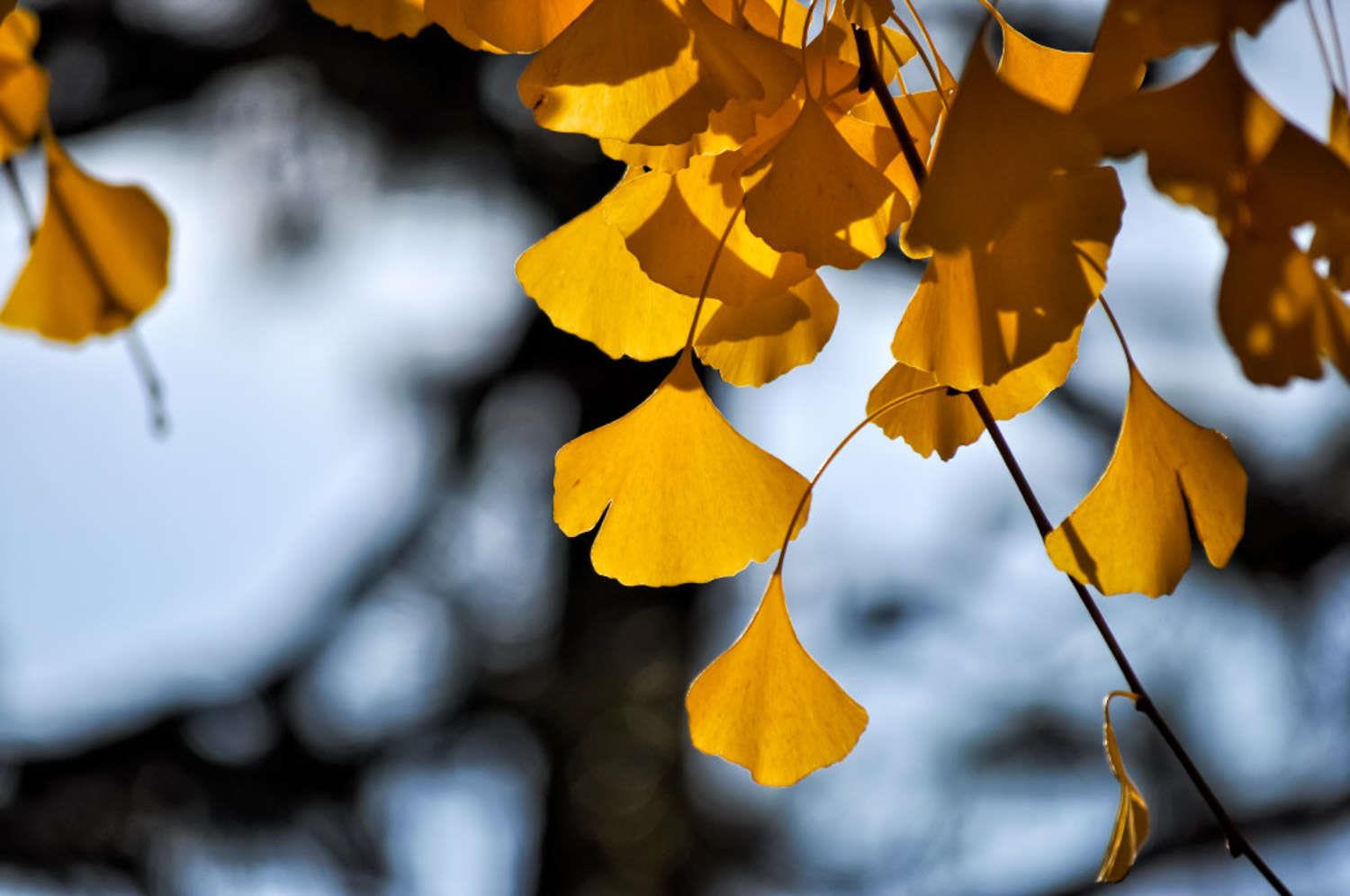
Pruning of Ginkgo Bonsai
Ginkgo Bonsai require pruning to maintain good shape. In spring, ginkgo begins to sprout, and it can be pruned at this time. The branches should be kept relatively sparse. If the bonsai is relatively small, only 3-5 branches can be retained. In order to shape the shape, the branches can be tied or pruned to achieve a certain ornamental effect.
Ginkgo bonsai should be repotted in a timely manner
Repotting of ginkgo is usually done once every two years, during the spring equinox. The root system of ginkgo is relatively developed, so when repotting, the roots can be properly pruned, part of the soil removed, and then repotted.
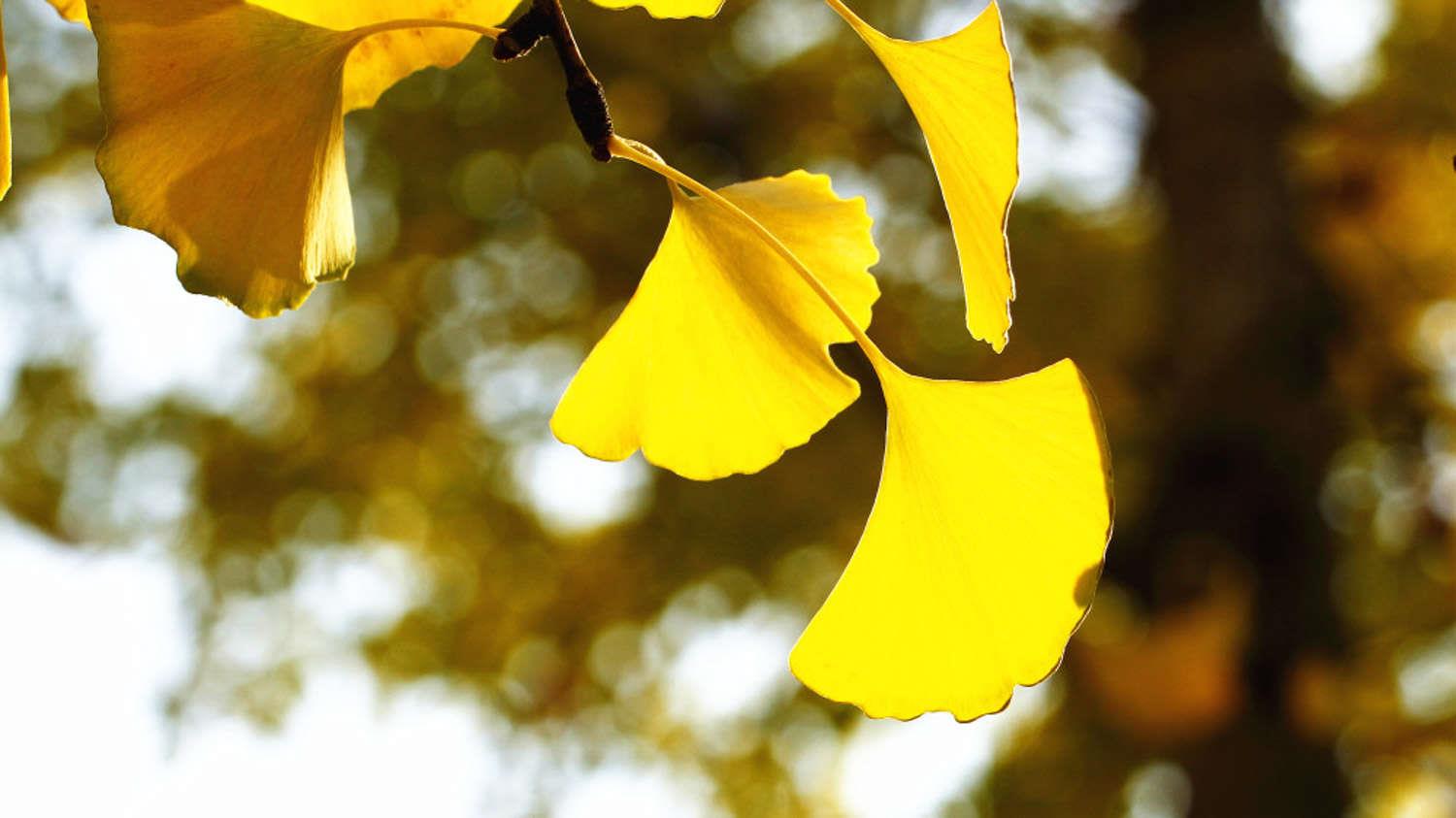
Arrangement of Ginkgo Bonsai
Water and fertilizer management for ginkgo bonsai
Pruning of Ginkgo Bonsai
Ginkgo bonsai should be repotted in time
- END -
Umbrella grass cultivation methods and precautions

Soil: It is best to use soil that is fertile and suitable for its growth. It is be...
Methods and precautions for cultivating local vegetables

Temperature: Ground vegetables do not like low temperatures. If they are exposed t...